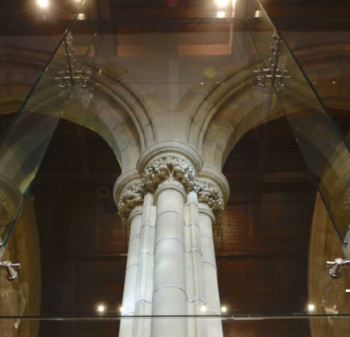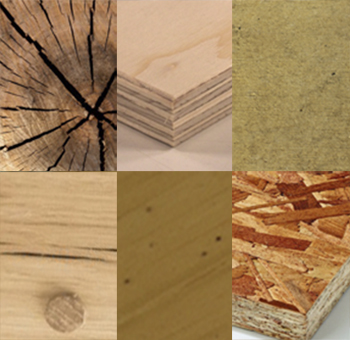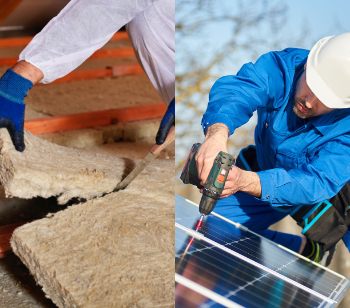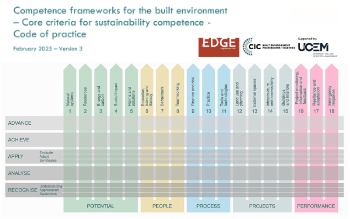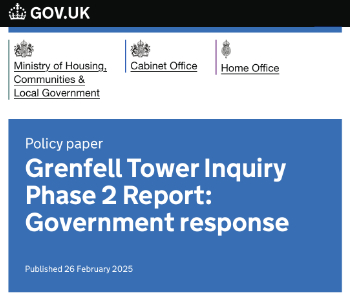Subsoil improvements
Contents |
[edit] Introduction
Many techniques are available to improve subsoil. The aim of soil improvements can be:
- To increase its bearing capacity by improving the shear strength.
- To enhance the soil stiffness and density so that liquification can be avoided.
- To prevent excessive settlement, in particular in the construction of roads, runways and so on.
- To stabilise or immobilise contaminants within the soil.
Some of the available techniques are described below.
[edit] Land drainage
The purpose of this method is to lower a high-water table and to dry out the ground to improve its bearing capacity. The technique might involve water entering into a flexible perforated drainage pipe in the ground and being directed away. A layer of shingle might be added to assist.
[edit] Grouting
Soft subsoil is a serious problem for maritime construction. A solution can be to inject a cement-based mixture into the subsoil under pressure. The mixture will expand and fill any voids and eventually form a strengthened base with improved the permeability.
For more information see: Grouting.
[edit] Vibroflotation
A vibrating probe is lowered into the ground by vibrating jets causing vibration. After the probing process is complete a granular hardcore mixture is poured into the hole and further compacted by the probe. Once the probe is slowly removed, further hardcore is pushed in until a column is formed. This process requires specialist plant and cranes.
[edit] Compaction with rollers
Plant rolling machinery is used to compact soil.
For more information see: Roller
[edit] Dynamic compaction
A method that is used to increase the density of soil deposits. The process uses specialist plant and cranes to drop a heavy weight repeatedly on the ground at consistent intervals.
[edit] High energy impact compaction
A method that is used in low strength soils. Specialist plant is used with big hexagonal-shaped rolling attachments in a controlled dynamic drag along site.
[edit] Vacuum consolidation
Prefabricated vertical drains were originally used with surcharge fill to manage residual settlement in soft ground. This method was extended to include vacuum application for better results. This method uses stress transfer and surface loading techniques and is carried out by specialist contractors.
[edit] Geotextiles
Geotextiles are permeable fabrics that can be used to filter, reinforce, separate, drain or protect. They work by allowing filtration or separation of granular layers in-ground applications. They are commonly used in construction and are a relatively easy way to improve soil characteristics.
For more information see: Geotextiles.
[edit] Related articles on Designing Buildings Wiki
- Alluvium.
- Bearing capacity.
- Geotextiles.
- Groundwater.
- Grouting.
- Insitu testing of soils.
- Roller.
- Soil compaction.
- Soil survey.
- The importance of soil analysis.
- Types of soil.
- Vibro-compaction for ground improvement.
- Water table.
[edit] External references
BTEC National Construction - Pearson
Featured articles and news
CIOB student competitive construction challenge Ireland
Inspiring a new wave of Irish construction professionals.
Challenges of the net zero transition in Scotland
Skills shortage and ageing workforce hampering Scottish transition to net zero.
Private rental sector, living standards and fuel poverty
Report from the NRH in partnership with Impact on Urban Health.
.Cold chain condensing units market update
Tracking the evolution of commercial refrigeration unit markets.
Attending a conservation training course, personal account
The benefits of further learning for professsionals.
Restoring Alexander Pope's grotto
The only surviving part of his villa in Twickenham.
International Women's Day 8 March, 2025
Accelerating Action for For ALL Women and Girls: Rights. Equality. Empowerment.
Lack of construction careers advice threatens housing targets
CIOB warning on Government plans to accelerate housebuilding and development.
Shelter from the storm in Ukraine
Ukraine’s architects paving the path to recovery.
BSRIA market intelligence division key appointment
Lisa Wiltshire to lead rapidly growing Market Intelligence division.
A blueprint for construction’s sustainability efforts
Practical steps to achieve the United Nations Sustainable Development Goals.
Timber in Construction Roadmap
Ambitious plans from the Government to increase the use of timber in construction.
ECA digital series unveils road to net-zero.
Retrofit and Decarbonisation framework N9 launched
Aligned with LHCPG social value strategy and the Gold Standard.
Competence framework for sustainability
In the built environment launched by CIC and the Edge.
Institute of Roofing members welcomed into CIOB
IoR members transition to CIOB membership based on individual expertise and qualifications.
Join the Building Safety Linkedin group to stay up-to-date and join the debate.
Government responds to the final Grenfell Inquiry report
A with a brief summary with reactions to their response.











